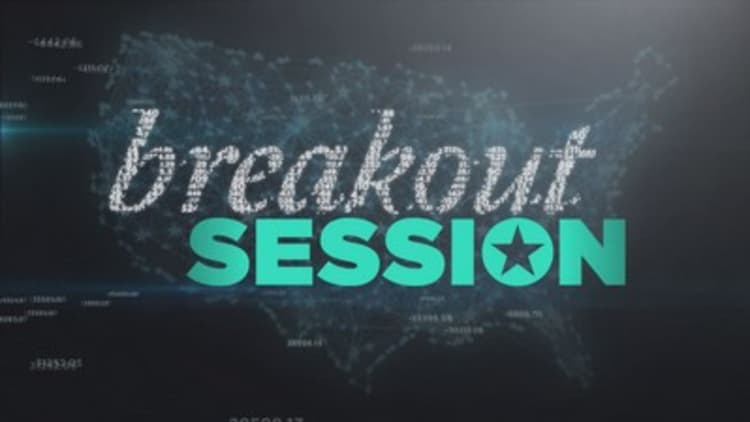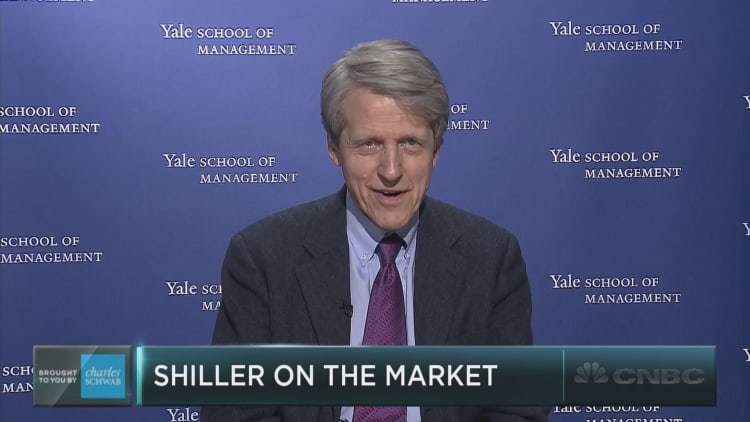


The just ended its longest-ever streak of sessions in which it did not see an intraday move of 1 percent or greater, according to Charlie Bilello of Pension Partners. But that doesn't mean it's time to worry.
On Tuesday, the S&P dropped about 1.7 percent from intraday high to intraday low. Not only was this the worst day for stocks since October, but it was the first day in which the index traded in a 1 percent range since Dec. 14.
In that time, the market did see one other one-day move of 1 percent or greater, when the S&P rose nearly 1.4 percent on March 1 — but since stocks opened sharply higher that day, the S&P did not manage a 1 percent intraday move.
Consequently, the index went 64 days without such a move, which is easily the longest-ever streak according to data that dates back to 1962. The second-place streak, of 34 days in 1995, doesn't even come close. Streaks in 1994 and 1993 tie for third.
Of course, this is one of a bevy of stats showing that the past few months have been anomalously calm.
"If we go back in history and look at similar low-volatility periods, does it mean the market's going to top? Does it mean there's an imminent collapse? Well, not so much," Bilello, director of research at Pension Partners, said Tuesday on CNBC's "Trading Nation."
"What we find is that the market still tends to be higher going forward, but that investors should expect the path of that move higher to be more volatile," he said. "You tend to see higher markets going forward, but with a higher risk of drawdowns," which makes sense given that "volatility is mean-reverting." That is, after periods of extremely low volatility, the average move can be expected to increase.
Sounding a similar tone, Erin Gibbs, equity chief investment officer at S&P Global, said Tuesday on "Trading Nation" that the recent period "was extraordinarily unusual," and that Tuesday's drop can be seen as a positive for the market.
"The market is very highly valued and is definitely at the top of its range, so for me, seeing volatility and seeing down days is very healthy," Gibbs said.
After all, a market that occasionally stutters or drops could be less likely to find itself in the bubble-like conditions that could precipitate a highly damaging crash.
Meanwhile, Bilello has a message for those whose hands get sweaty when the S&P loses 1 percent.
"If you're worried about today, you're holding too much stock," Bilello said Tuesday. "This is a very normal move."






